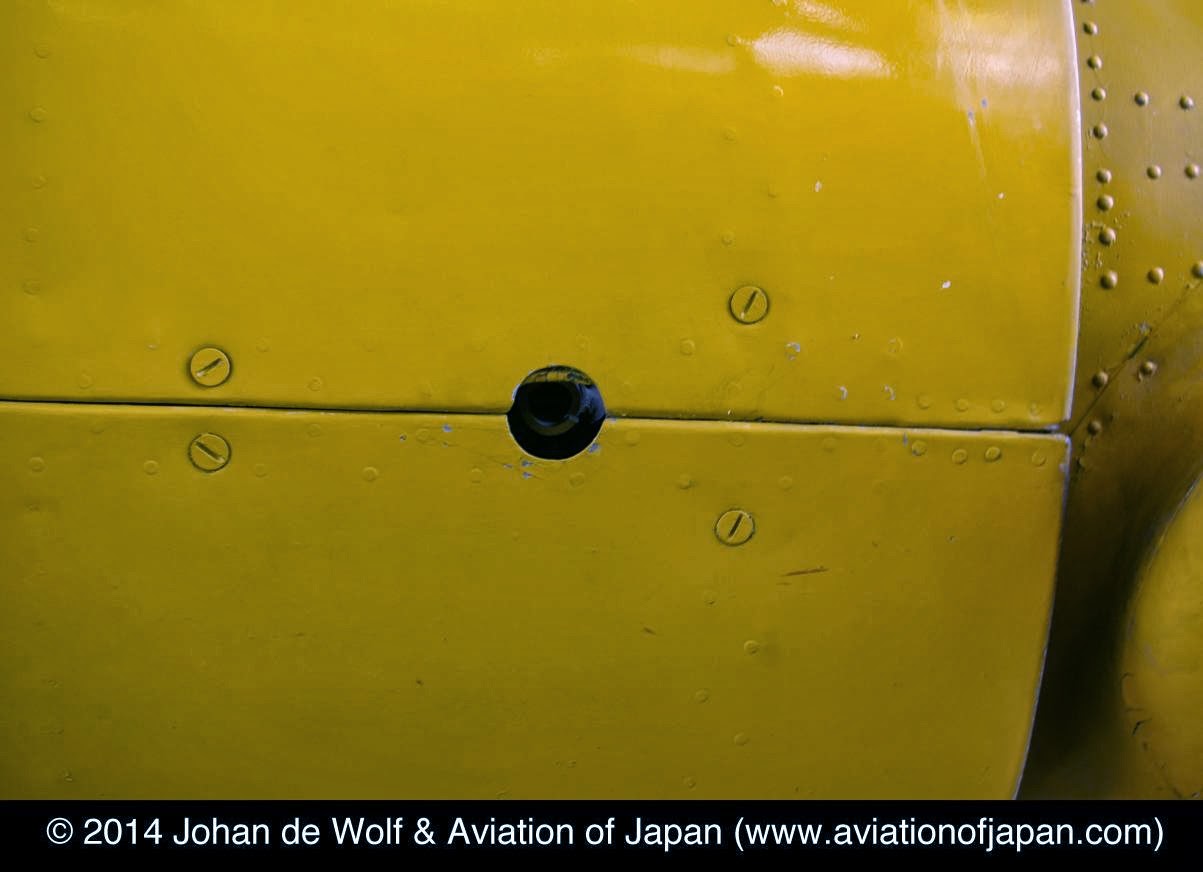Correspondent Luciano Gianfilippi very kindly sent me this photograph of the Kawasaki Otsu-1, a licence-built version of the French Salmson 2A2, on display at the Kagamigahara Aerospace Museum in Japan which displays the history of Army Aviation and some of the interesting experimental aircraft manufactured there. He also made me aware of a very impressive new kit of this aircraft in 1/48th scale issued by Gas Patch from Greece. Luciano notes that this was one of the first mass produced military aeroplanes in Japan, and was used as a multi-role aircraft: observation, photo-reconnaissance, trainer and light bomber. A truly awe-inspiring build of the Gas Patch kit by Vangelis Vassilopoulos can be found here and is well worth a look not least for the excellent modelling and finishing techniques being demonstrated.
The Gaspatch kit of the Japanese Kawasaki Otsu-1 comes with markings for four different options, all in silver doped finish.
Image credits: Museum photograph © 2014 Luciano Gianfiluppi; Gas Patch kit image © 2013 Gaspatch


























































